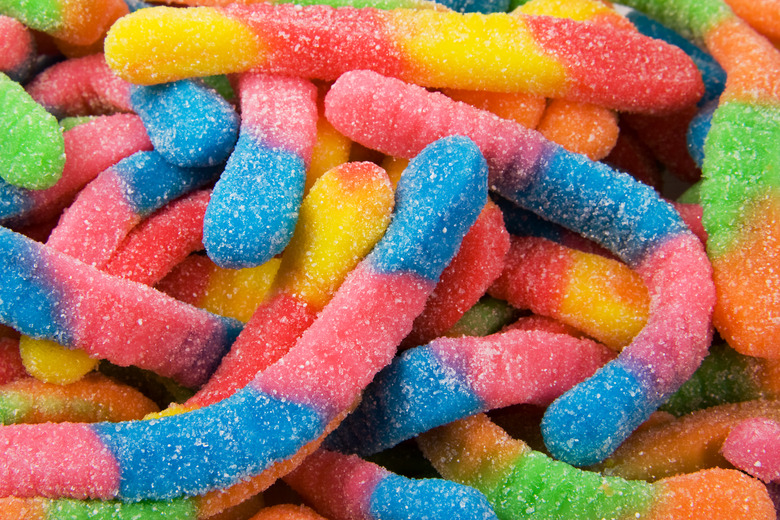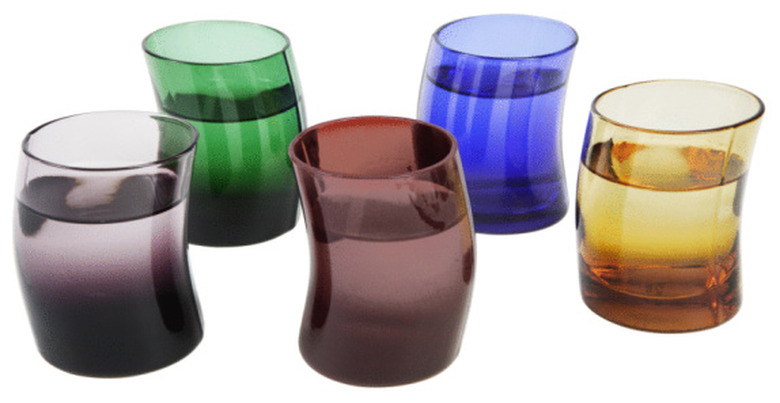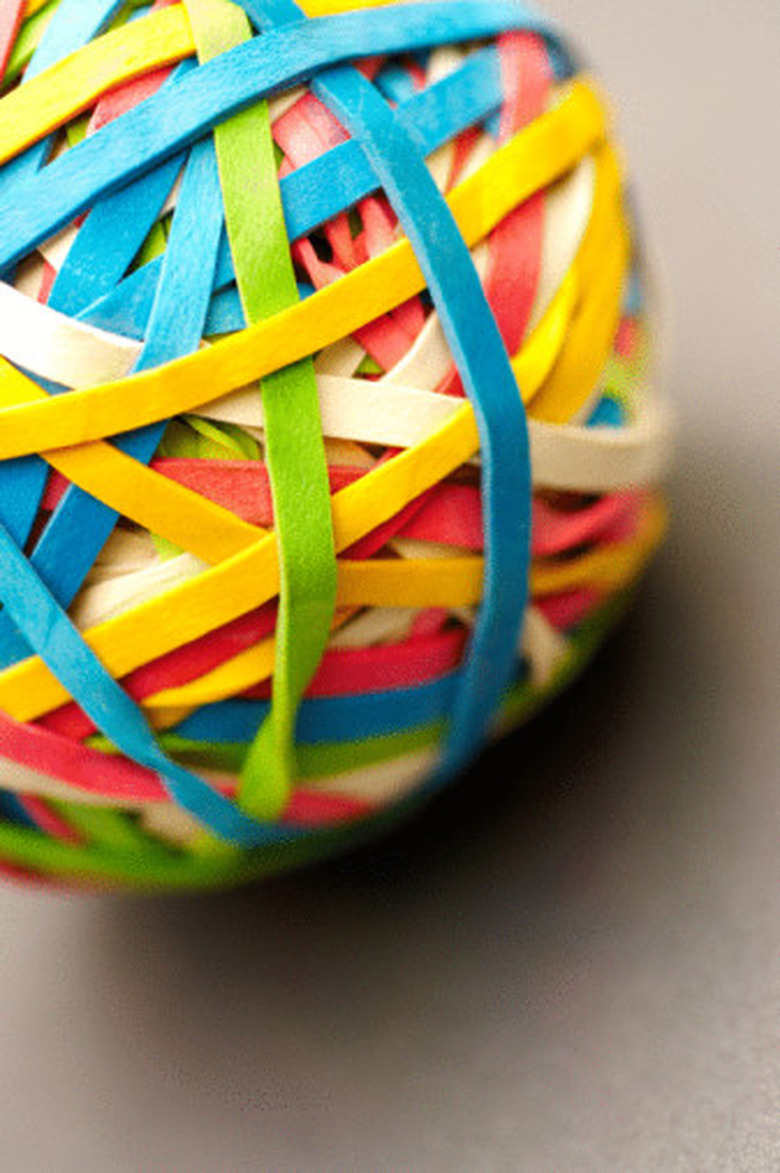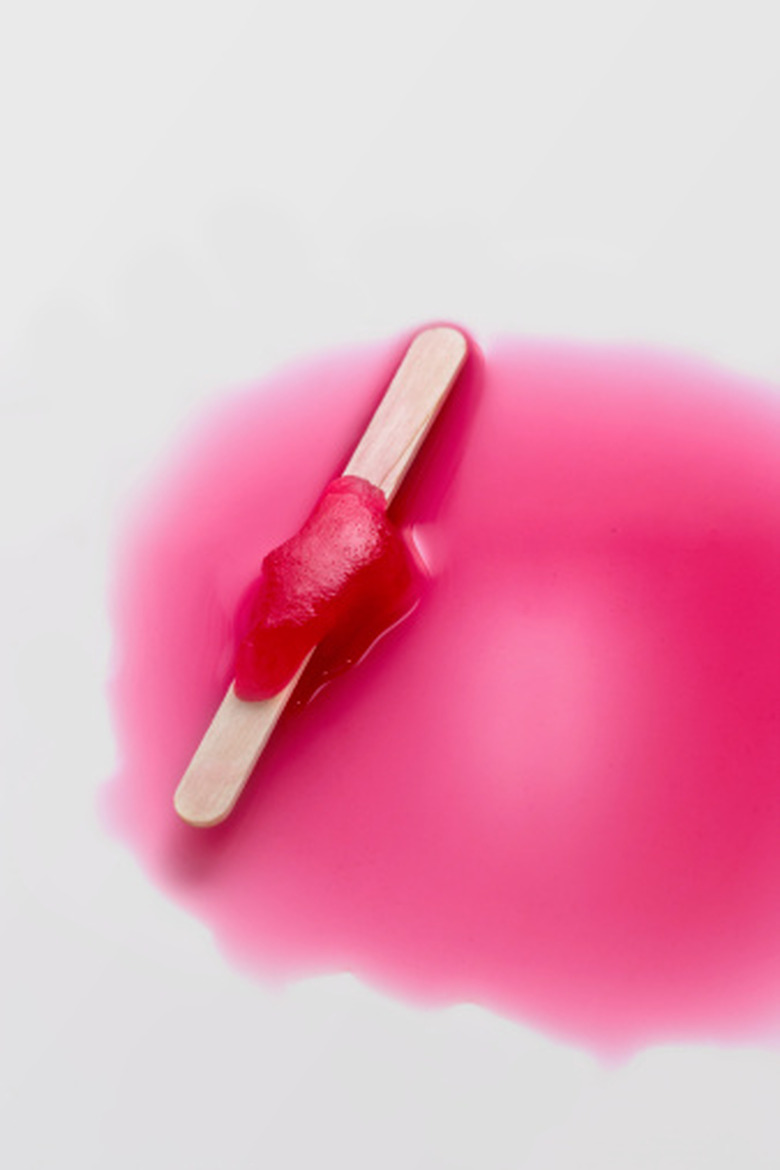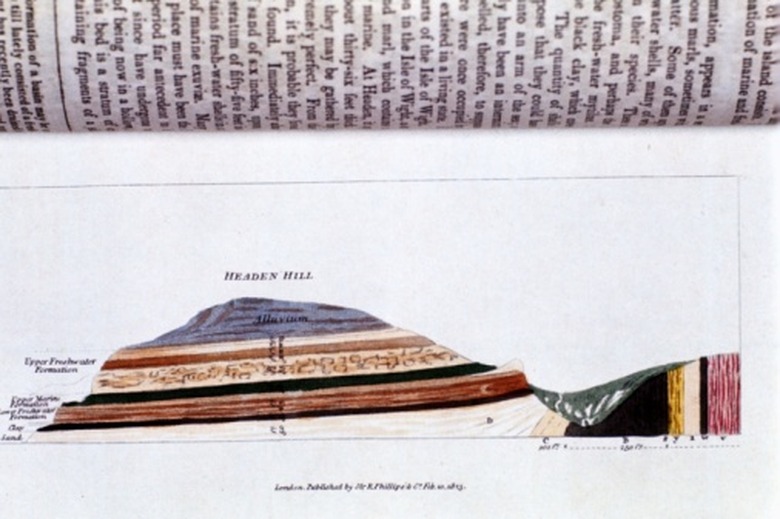Science Projects Using Gummy Worms
Gummy worms are an inexpensive candy that can be used in a variety of science projects. There are many experiments students can conduct with a few gummy worms and some other household objects. With some imagination and creativity gummy worms can be the start of an amazing science fair project.
Osmosis
Osmosis
You can illustrate the concept of osmotic pressure, which is the pressure that needs to be applied to a solution to prevent the inward flow of water across a semipermeable membrane, by placing gummy worms in several containers with water of varying levels of salinity (or widen the scope of the experiment by using sodas and juices). Solutions with a solvent content will flow from areas of high-solvent concentration to areas of low-solvent concentration ultimately equalizing the solvent level. In this case, the salt will act as the solvent and the gummy worms will act as the semipermeable membrane. Because of the solvent solute relationship, you can illustrate that the gummy worms in fresh water will grow, while the gummy worms in salt water will not absorb as much. If you place the gummy worm in a solution with very few molecules dissolved in it (like distilled water), the water will move into the gummy worm (from the area of low concentration of solvent to an area of high concentration of solvent, inside the worm) causing it to expand. If you put the gummy worm into a solution of water with many molecules of solute dissolved in it (more solute molecules than are in the gummy worm), water will leave the gummy worm and move into the water. When water moves into the gummy worm, you'll see the worm grow. However, since the gummy worm doesn't shrink much when water leaves it, it appears the gummy stays the same. Be sure to have a "control" gummy worm that remains dry for comparison.
Elasticity
Elasticity
This experiment can illustrate varying levels of elasticity in a fun and delicious way. You will need several gummy worms, a rubber band, a ruler, scissors and paper to record your findings. Begin by cutting the rubber band into a straight strip, the same size as a gummy worm. Measure a gummy worm and record your findings; this is your "starting length." Then stretch your gummy worm along the length of the ruler, as far as you can without breaking the worm, and record the length. Release the gummy worm, wait for it to stop contracting, and then measure the new "final length." Determine any changes in length by subtracting the starting length from the final length. Repeat this process with several additional gummy worms and the section of rubber band (measure a "starting length," stretch, and then measure a "final length").
Melting Point
Melting Point
To illustrate the melting point of different substances use gummy worms and a variety of different gelatin food items, such as jello and pudding. Hypothesize the melting points of the different substances (this assumption should be based on the water content of each substance). Bring the samples to different temperatures and record at what temperature they melt and/or freeze.
Soil Strata Model
Soil Strata Model
Small children can build a fun model of soil strata using gummy worms (as an alternative to real worms) for accents. Different colored sand can be used for soil layers and the gummy worms can be used to illustrate where worms live, and where insects do not.
Cite This Article
MLA
Keitel, Jolie. "Science Projects Using Gummy Worms" sciencing.com, https://www.sciencing.com/science-projects-using-gummy-worms-8333042/. 22 November 2019.
APA
Keitel, Jolie. (2019, November 22). Science Projects Using Gummy Worms. sciencing.com. Retrieved from https://www.sciencing.com/science-projects-using-gummy-worms-8333042/
Chicago
Keitel, Jolie. Science Projects Using Gummy Worms last modified August 30, 2022. https://www.sciencing.com/science-projects-using-gummy-worms-8333042/
